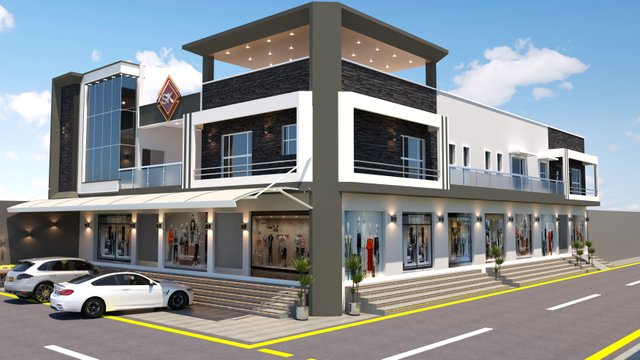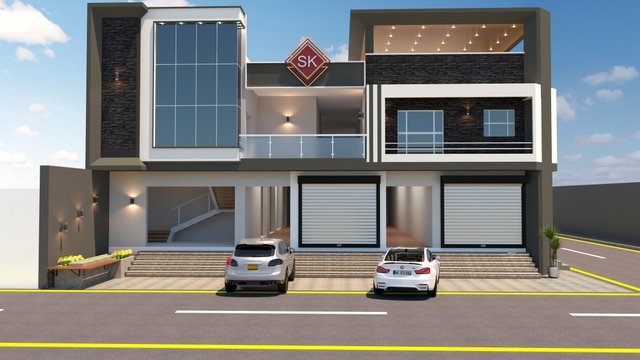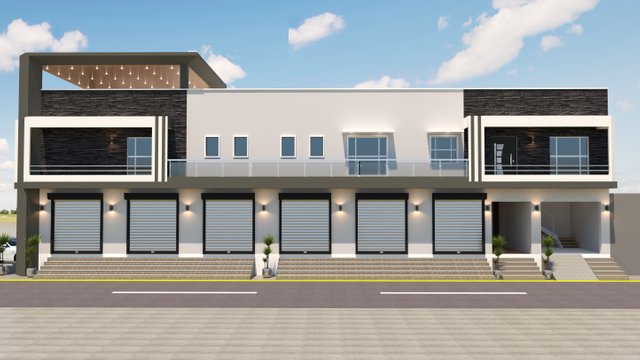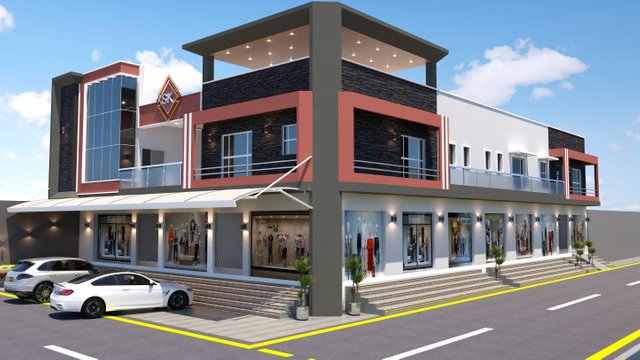RECREATIVE STEEM
"The Art of Shopping Mall Design: Crafting Retail Experiences"
Introduction:
Shopping malls are more than just retail spaces; they are hubs of social interaction, commerce, and innovation. The design of a shopping mall plays a pivotal role in attracting visitors, creating memorable experiences, and fostering economic growth. In this Steemit blog post, we'll delve into the fascinating world of shopping mall design, exploring its key principles and trends that shape the retail landscape.

1 Aesthetic Appeal: Creating a Visual Delight
Shopping malls are often judged by their exteriors and interiors. Architects and designers aim to craft visually stunning spaces that captivate visitors from the moment they arrive. The use of captivating facades, art installations, and landscaping can transform a mall into an architectural masterpiece.
2 Layout and Traffic Flow: Navigating with Ease
An efficient layout is crucial to ensure shoppers can easily navigate through the mall. Circulation patterns, escalator and elevator placement, and signage must all be carefully considered to prevent overcrowding and improve the overall shopping experience.

3 Retail Mix: Diversity and Innovation
A successful shopping mall embraces diversity in its tenant mix. It's not just about the big-name brands but also about showcasing local businesses, pop-up shops, and unique boutiques. The rise of experiential retail, where shopping becomes an immersive event, has driven innovation in mall design.
4 Entertainment and Leisure: Beyond Shopping
To compete with online retail, malls are incorporating entertainment and leisure facilities. This includes cinemas, arcades, indoor theme parks, and even sports facilities. Such additions make malls destinations for families and friends, offering more than just shopping.

5 Technology Integration: The Smart Mall
Smart technology is revolutionizing the shopping mall experience. Features like Wi-Fi, indoor navigation apps, and digital kiosks enhance convenience. Additionally, data analytics help mall operators understand visitor behavior, optimizing layouts and tenant selections.
6 Sustainability: Going Green
Sustainable design is no longer just a trend; it's a necessity. Shopping mall developers are incorporating eco-friendly features such as green roofs, solar panels, and energy-efficient lighting to reduce their environmental footprint.

7 Community Engagement: Gathering Spaces
Successful malls create spaces for community gatherings. This might include open-air plazas, food courts, and cultural events. These spaces not only drive foot traffic but also foster a sense of belonging.
8 Safety and Security: A Priority
In today's world, safety and security are paramount. Well-designed malls incorporate measures like surveillance systems, emergency exits, and visible security personnel to ensure visitors feel safe.
9 Adaptability: Future-Proofing
Shopping mall design must be adaptable to evolving trends and consumer preferences. Malls that can quickly reconfigure their spaces and tenant mix are better equipped to stay relevant in a changing retail landscape.
Conclusion:
Shopping mall design is a multifaceted endeavor that combines architecture, commerce, technology, and community engagement. The most successful malls are those that can seamlessly blend these elements, creating spaces that are not just places to shop but destinations where people come to socialize, be entertained, and experience the future of retail. As shopping malls continue to evolve, it's exciting to see how design innovations will shape our retail experiences in the years to come.
I invite my sweets lovely friends @mahnoor @waqarrubab @fatima22